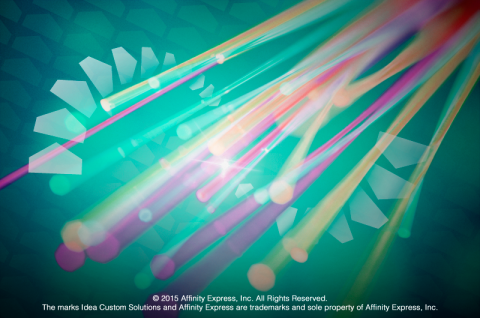A few weeks ago we reviewed some old and new ideas on the discussion of logo design. One interesting tidbit from the multibillion dollar fast food sector is the large number of companies, such as McDonald’s, Burger King, Checkers and more, that use “exciting,” high-wavelength colors like red and yellow to draw in consumer eyes.
Despite the norm, the fast-growing burger and fries chain Shake Shack is very popular with younger Americans and does not feature red. Instead, the company has opted for a neon green hue in its logo and also a retro look in its design scheme that is reminiscent of the 1950s while also fashionable and hip now.

This fast food company’s break from the pack with its graphic design, advertising and marketing raises an important question: who is it that influences corporate design?
This is not an easy question to answer, but it has to do with who your customers are and what you are trying to say to them.
In some sectors like technology — in the same way many fast food businesses use red — certain colors or combinations can call up certain feelings and sentiments. For example, since the launch of Windows 95 two decades ago, Microsoft has stuck to a four-color scheme. At the time, the colors were strongly tied in to its marketing campaign for new 32-bit Windows operating systems, which were revolutionary new products that boasted exciting, state-of-the-art color graphics on every computer, in every home.
But do the colors red, green, yellow and blue say “Microsoft” or do they say “technology”? Recently, an article in The American Genius pointed out that Google’s colors closely resemble the four shades of Microsoft. The author says these four colors suggest efficiency and “‘I’m all business.’”
Simple elements like color choice may have more influence on your brand’s message than you think. According to an article in The Guardian, written by creative brand master Graham Watson, color “is one of the most primitive forms of communication” among humans.
Moreover, Watson writes that research shows that it takes consumers about 90 seconds to form an opinion of a brand. Color plays a part in one’s impression and each color in the spectrum can trigger or “control different primitive thought processes, or symbolisms associated with ceremonies and life encounters.” When you think about how you want your logo to affect your target customer, it is important to take care to design your logo to not only be remembered, but to be remembered as you intended.
Amid all of the press (and criticism) of Google’s new logo, some designers and everyday people are asking what exactly Google was going for. Was it just a “new” look and crisp new fonts? Was Google trying to create news or is something else at work?
According to the often opinionated and design-savvy voices at Wired Magazine, Google’s new branding efforts are more than just an effort to remain newsy and relevant. In the big data tech space, crowded with innovative super brands like Samsung, Facebook, and Apple, differentiation is key.
“Digital interfaces can be scary for a lot of people,” says Nate Clinton, an expert in technology sector branding. And, with the company’s reach and product range expanding, Google has, according to some design mavens, sought to take the “scary” super high-tech out of their brand and make it seem much friendlier. After announcing a new corporate holding company called Alphabet, Google's new logo is perhaps company’s first warm handshake toward consumers, in an attempt to make sure the general public feels better about technology.
Whatever your take is, the fact that so much press is being dedicated to logos does show that people have strong opinions about them. As such, it seems that good, thoughtful logo design and branding are one key to being remembered — and getting people to talk about your business

Add new comment